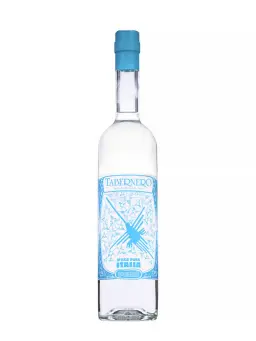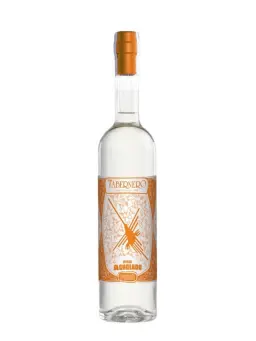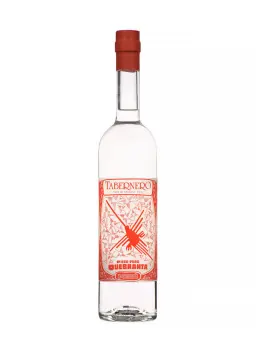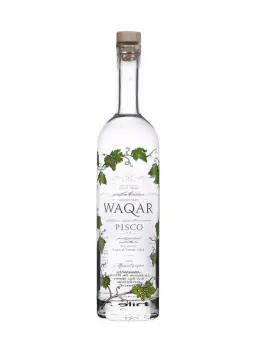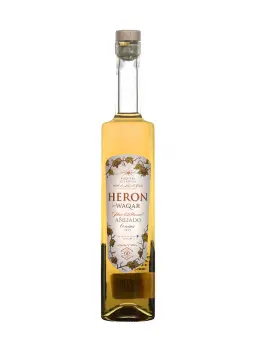Pisco
Pisco is a South American wine spirit. A subject of much dispute between the neighbouring nations of Chile and Peru, pisco has several distinct styles. Chilean pisco is characterised by the almost exclusive use of the Muscat grape variety and a classification based on alcohol content: Regular, Special, Reserve and Great. Peruvian pisco is made from a single distillation and from several different grape varieties; it is categorized by degree of flavour: aromatico, puro and acholado. It often has a more rustic character.
TABERNERO Pisco Mosto Verde Italia 44%
Available soon
MISAKI Mizunara Oak Finish 40%
Available soon
Produced in Chile and Peru, Pisco divides the two countries, both of which claim its designation. This spirit is made from the distillation of wine, like its French cousins cognac and armagnac. Strong and dry, it is mainly used in mixology.
Origin and History of Pisco
The name Pisco appears to have originated in Peru. There are two competing theories. One suggests that it comes from the port city of Pisco, which exported this alcohol to Europe, giving it its name. The other traces the name back to the Inca era, where potters were called piskos, a term later applied to the amphoras containing the produced spirits, eventually becoming associated specifically with this wine distillate that became a national drink.
A product of the vine, Pisco originated in the 16th century after the introduction of grapevines by the Spanish colonizers who developed the vineyards. However, its origins remain poorly documented, leaving some uncertainty about the earliest traces of distillation.
How is Pisco Made?
Pisco is the South American cousin of cognac and armagnac. It is derived from the distillation of a wine that is relatively rich in sugars due to the warm, sunny climate in which the grapes ripen. In Chile, the most common grape variety used for Pisco is muscat, but pedro ximénez and torrontel are also used. In Peru, several major grape varieties can be used to create the national spirit (torrontel, quebranta, uvina, carignan, albillo, Italia, listan negro, etc.).
Distilled in Charentais stills, once in Peru but two to three times in Chile, the wine produces a distillate with around 60°. It ages in glass demijohns or vats, but never in wood in Peru, whereas in Chile, it can undergo maturation in barrels. The aging process lasts a minimum of 3 months before bottling, which occurs after reducing the alcohol content with demineralized water (neutral in taste), resulting in an ABV of between 30° and 45°.
Types of Pisco
In Peru
Peruvian pure piscos, aromatic, and green must are single-varietal. Only one grape variety is used to produce the wine they are derived from. For example, a pure quebranta pisco comes entirely from quebranta grape clusters.
Pure Pisco
This pisco is made from less aromatic grape varieties, such as quebranta, criolla negra, or mollar. It is a drier spirit with a bold taste.
Aromatic Pisco
Aromatic pisco is produced from more aromatic grape varieties, such as muscat, torrontel, Italia, or albillo. As its name suggests, it is more aromatic, expressive, and rich.
Green Must Pisco
Also called mosto verde pisco, this is a sweeter and milder Pisco. The vinification process is stopped earlier before all the sugars have fermented. This residual sugar preserved in the wine results in a smoother, fuller distillate.
Acholado Pisco
Acholado pisco is a blend of several grape varieties. It combines the characteristics of each to create a balanced and more complex aromatic profile.
In Chile
The different Chilean Piscos are not distinguished by their grape varieties (muscat is predominant) or their aging process. However, it is possible to find white piscos and others aged in barrels that take on a golden or amber color. The alcohol content determines the classification of Chilean piscos:
- Pisco regular ranges from 30° to 35°.
- Pisco special ranges from 35° to 40°.
- Pisco reserve ranges from 40° to 43°.
- Pisco great is 43° or higher.
The Essential Pisco Brands
- Pisco Porton
- Pisco Barsol
- Soldeica Pisco
- Kappa Pisco
- Pisco Quebranta
Tasting Pisco
A strong and generally dry spirit, pisco offers a wide range of profiles depending on the grape varieties used. While it can be enjoyed neat, especially in its aged Chilean versions, it is mainly used in cocktails, particularly in the famous and iconic pisco sour.
The Best Pisco Cocktails
Pisco Sour
In a shaker filled with ice, mix:
- 4.5 cl of Pisco
- 2 cl of sugar syrup
- 3 cl of lime juice
- 1 egg white
Shake, serve in a chilled glass, and add a few drops of angostura bitters.
Chilcano
In a highball glass, stir with ice:
- 6 cl of Pisco
- 1.5 cl of lime juice
- A small spoon of sugar
- A dash of angostura bitters
- Top with ginger ale.

